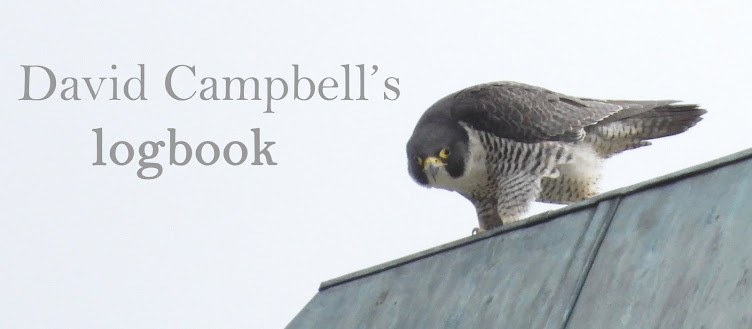This morning I completed a route along Ferring Rife and through Kingston Gorse, noting 54 species. I heard Siskins and Yellow Wagtail over Ferring as I cycled in, which was a good start, then at the beach adjacent to the Rife a Redshank flew along the shore but the only other waders were three Turnstones and a Ringed Plover, alongside 28 Little Egrets and a Grey Heron. Along the Rife itself, there was a Wheatear, a Reed Bunting, 11 Chiffchaffs, five Whitethroats and five Blackcaps, plus six Moorhens and another Grey Heron. Two adult Mute Swans, presumably two of the trio seen from Goring Gap the other day, flew towards the beach and flyovers included at least 82 Siskins, 10 Yellow Wagtails, three Grey Wagtails, a House Martin, 32 Swallows and three Meadow Pipits. Two Whinchats were by the country centre, along with a little flock of Linnets, making a total of 31.
Kingston Gorse had two further Whinchats, while overhead there were an additional two Siskins, three Yellow Wagtails, 10 House Martins, two Meadow Pipits and eight Swallows. A Whitethroat, two Blackcaps and three Chiffchaffs were logged. The young Buzzard was very vocal. Five Little Egrets and three Sandwich Terns were along the beach and at least three individuals from the Moorhen family were still on the now dry pond.
Stopping at the Bluebird Cafe on the way back, a Bar-tailed Godwit flew west just off the beach with 20 Oystercatchers.
I cycled back home then switched to the car to head to Elmer Rocks, where I was very lucky with good views of the elusive Wryneck at close quarters, as it fed on the path for several minutes. A new Sussex bird for me and a species I can never get enough of. The rocks themselves had a Common Sandpiper roosting alongside 50 Ringed Plovers, five Sanderlings, nine Dunlin, five Turnstones and a couple of Oystercatchers. A Kingfisher flew out from the rife to the beach before doubling back and a Sparrowhawk patrolled the fields.
